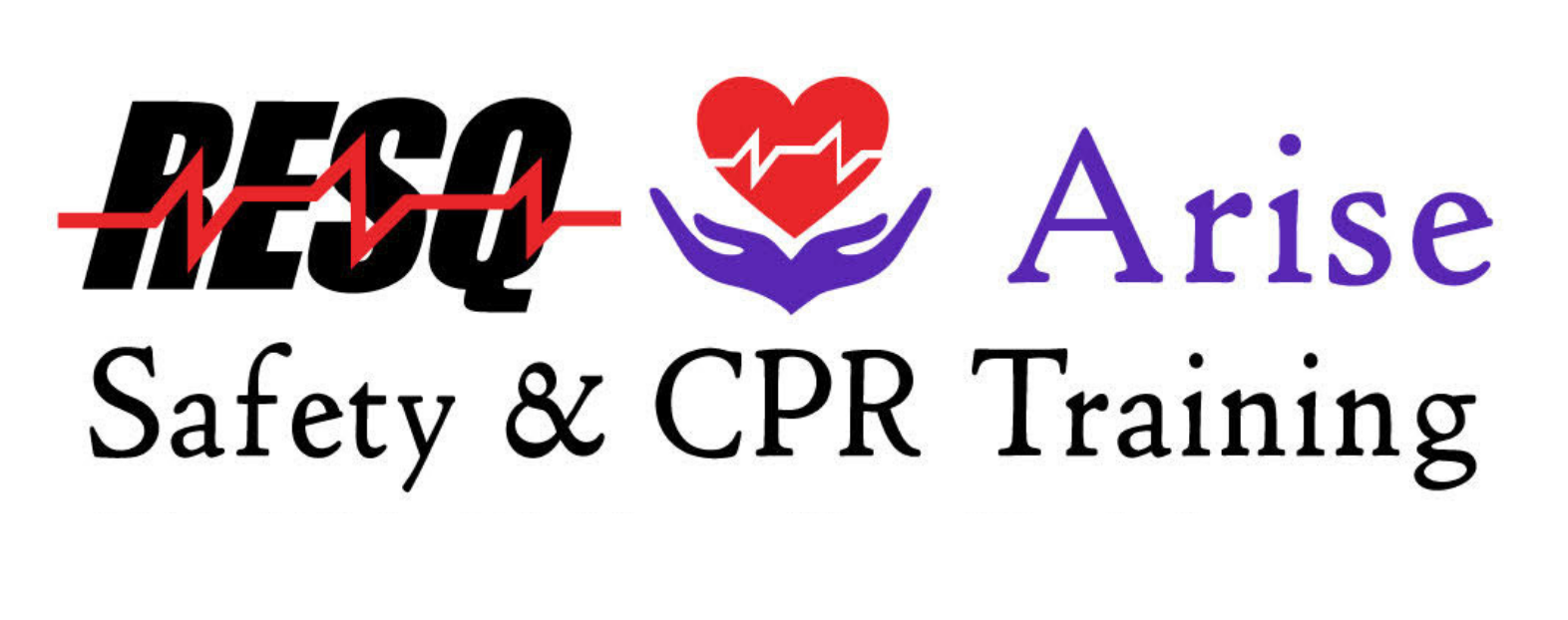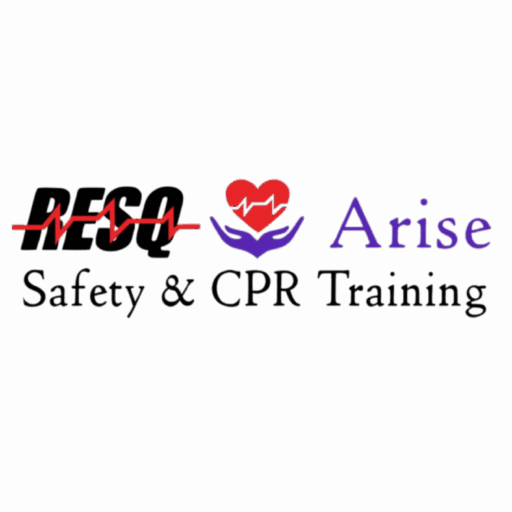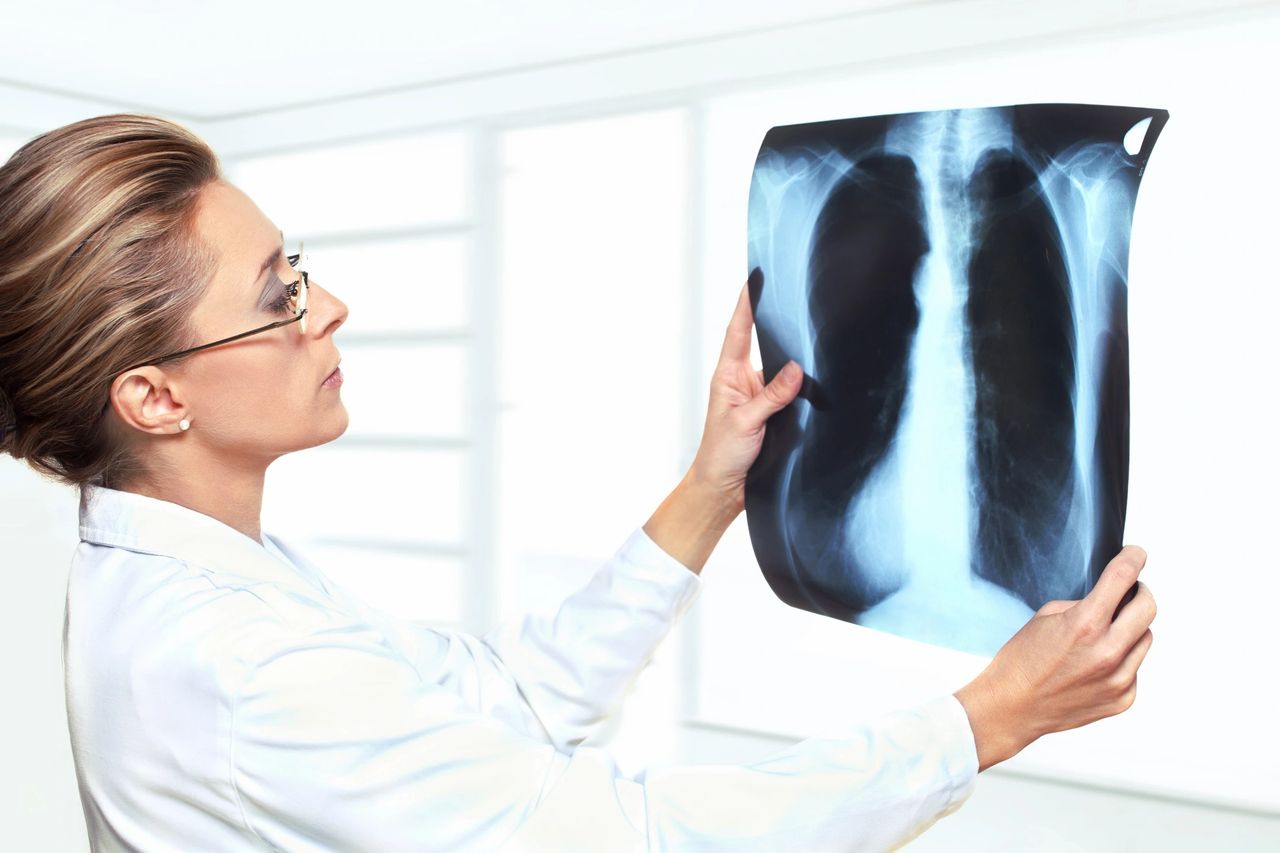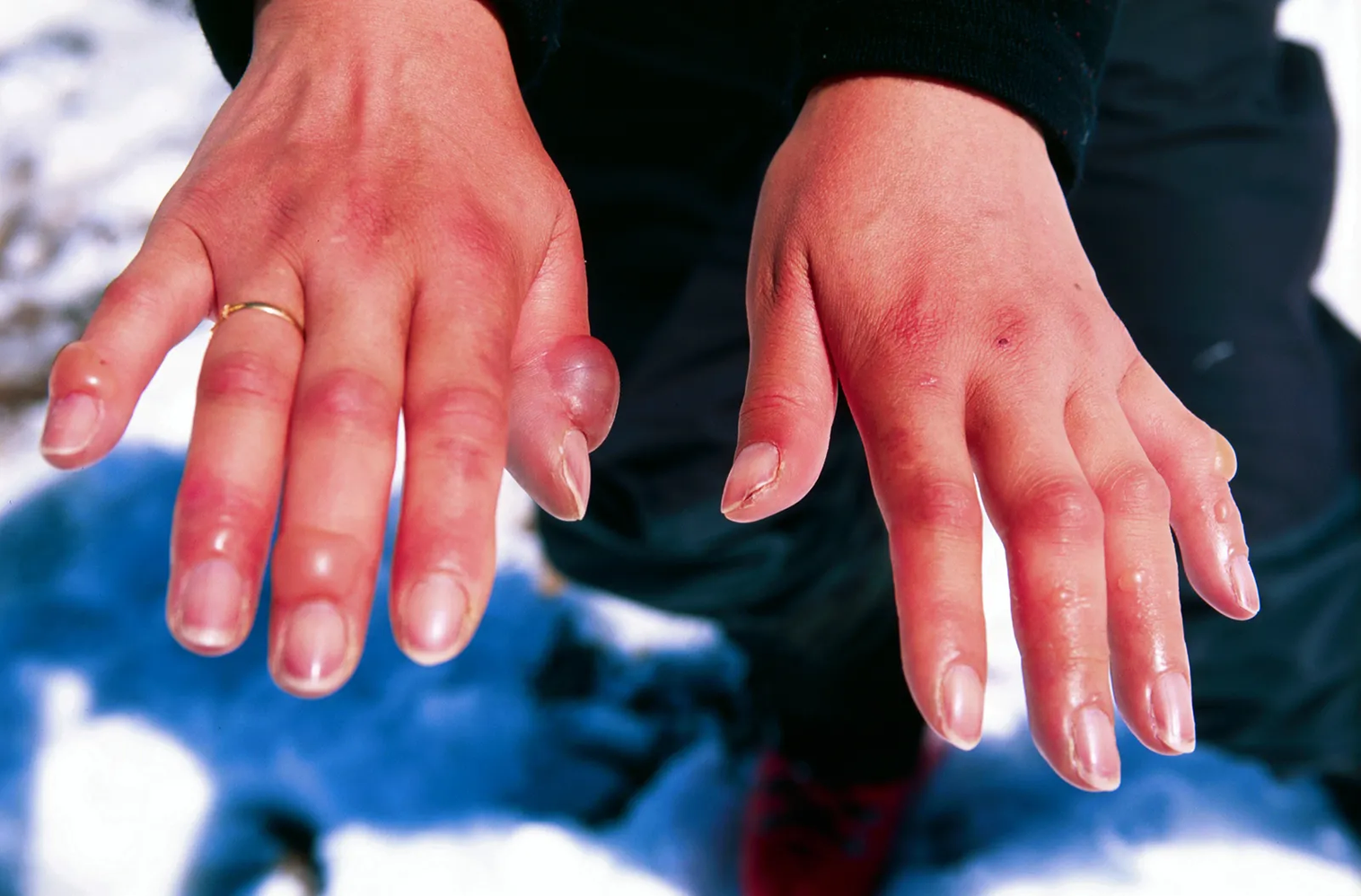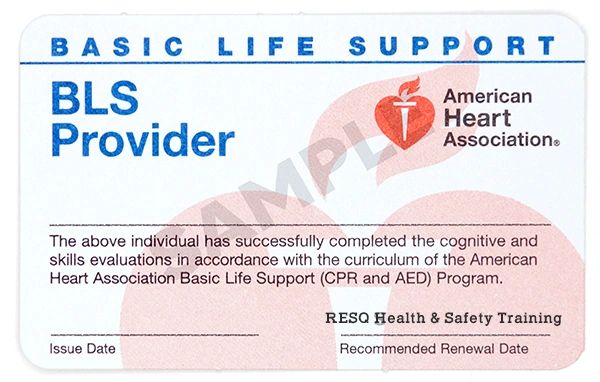It’s one of the biggest fears laypeople have about delivering CPR—what if you actually do more damage to the patient than good? What if you break a rib? It does happen—and more often than you’d think.
How common are broken ribs as a result of CPR?
Chest compressions need to be performed at a depth of about 2 inches in order to do the patient any good—in adult patients, of course. Any less than that and you won’t be moving the blood around the body effectively. However, it takes a surprising amount of force—about sixty pounds of it, to be exact—to compress a human chest that much.
So, yes—it’s actually fairly common for ribs to break during CPR. The conventional wisdom is that about 30% of patients suffer fractures or breaks during CPR. However, a 2015 study published in Resuscitation suggested that this percentage is quite a bit higher. The study analyzed autopsy data from 2,148 patients who received CPR for non-trauma-related cardiac arrest, and the statistics were as follows:
- Skeletal chest injuries were found in 86% of men and 91% of women.
- 59% of the men and 79% of the women had sternum fractures.
- 77% of the men and 85% of the women had rib fractures.
- 33% of the men and 12% of the women had sternocostal separations.
Who is most at risk of breaking a rib during CPR?
It’s clear from the above data that women are more likely to receive skeletal chest injuries than men. In addition, the study found that older patients were more at risk of these kinds of injuries than younger. Existing health conditions such as osteoporosis, which weakens the bones, can also result in a higher chance of injuries.
On the other hand, physically large, robust, and even obese patients are less likely to suffer broken bones during CPR than those with a smaller frame.
In a different study—performed in Korea in 2012—it was found that patients who received CPR from a bystander were more likely to suffer bone injuries than those who got their CPR from a doctor or paramedic.
What should you do if you feel a rib break?
When you are performing CPR, you may hear a cracking sound or feel something crack or give beneath your hands. This is usually the cartilage in the sternum or ribs breaking, and not the ribs themselves. However, the ribs may also break, and this can be disconcerting for the rescuer.
As disturbing as this experience is, however, it is generally not advisable to stop if you feel a rib break or hear a cracking sound. True, broken ribs and other skeletal injuries can be painful and add to the patient’s recovery time—but it’s better than being dead, which will certainly happen if you stop CPR.
The bottom line is this: fear of breaking someone’s ribs or causing other injuries should not stop you from delivering CPR. Broken ribs heal, and Good Samaritan laws throughout the country protect bystanders who deliver CPR. You are extremely unlikely to find yourself facing legal consequences if the patient doesn’t like the way you delivered CPR after the fact, provided the actions you took were non-compensated, in good faith, and in keeping with your level of training.
The truth is that CPR is a vigorous, sometimes violent procedure, and there is a high risk of injury to the patient—but injury is preferable than death. If your patient is lucky enough to survive after CPR, chances are they will thank you—and count a broken rib as a small price to pay for their life.
